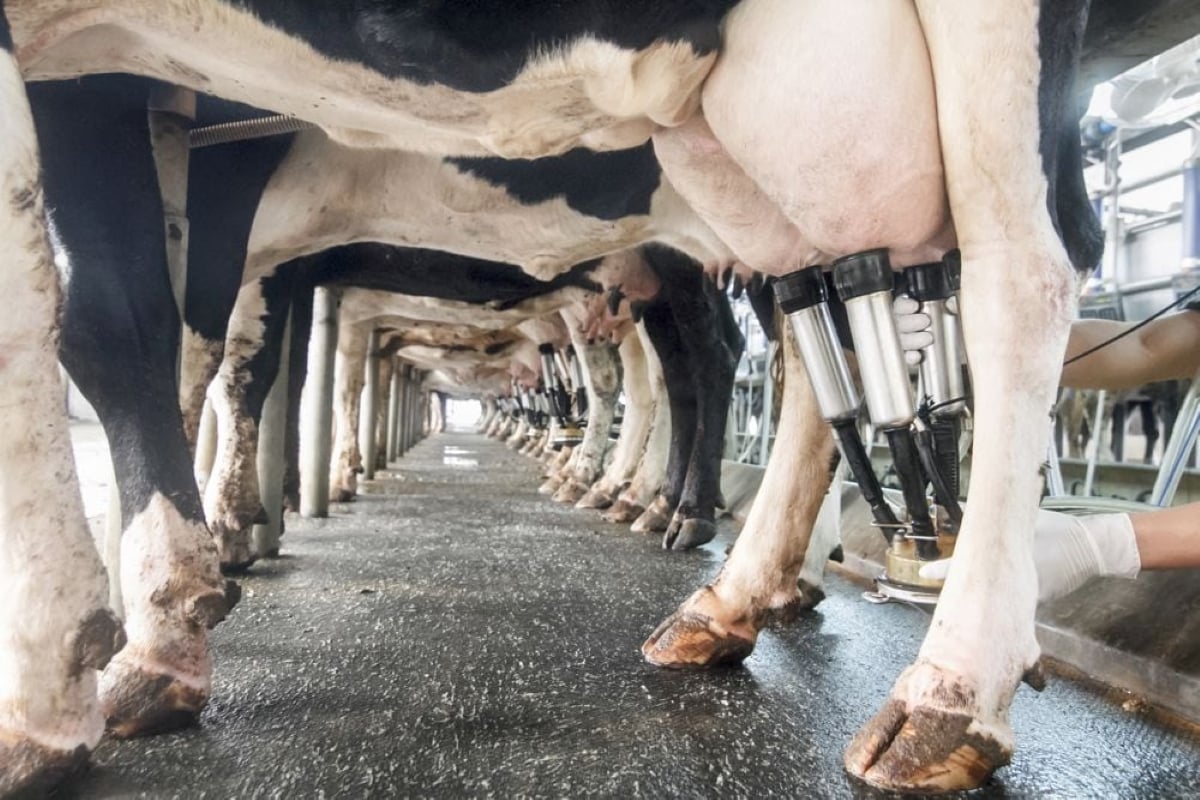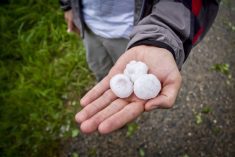The brutal winter of 2014 was a tough slog for most Canadians, but bees on the Prairies thrived in the cold and snow.
Beekeepers in Alberta, Saskatchewan and Manitoba are reporting relatively low winter losses compared to previous years.
Medhat Nasr, provincial apiculturist for Alberta, said most beekeepers lost 10 to 15 percent of their colonies over the winter.
“So far we haven’t had any catastrophic cases, in terms of big (losses),” he said. “The (bees) came through this really cold winter in good shape, except they needed some sugar feed (in the spring)…. Beekeepers were able to get to (the bees) in time, to take care of them.”
Read Also

Farm gate milk price to rise in 2026
The Canadian Dairy Commission will raise its farm gate milk price by 2.3255 per cent in February, the Crown corporation announced on Friday.
Nasr estimated winter hive losses in Alberta at 15 percent, down significantly from 24 percent losses in 2013.
The story is similar in Saskatchewan
“Winter loss here is probably going to be under 15 percent. There’s the odd guy that has a terrible wreck,” said Calvin Parsons, a beekeeper from Meskanaw, Sask.
“Most of beekeepers in Saskatchewan are … happy.”
Parsons said approximately 10 percent of his hives failed to survive the winter.
Last year Saskatchewan beekeepers lost, on average, around 27 percent of their colonies.
Manitoba apiarists had a terrible year in 2013. Nearly 47 percent of colonies didn’t make it through the winter.
This spring is looking more promising.
“(It’s) like night and day,” said Mark Friesen, who keeps bees near Morden, Man.
Friesen said the severe losses of 2013 could be traced back to the hot, dry summer of 2012. Bee colonies on his farm were in rough shape going into the winter of 2012-13, resulting in substantial hive losses by the spring of 2013.
Bryan Ash of Gilbert Plains, Man., said this winter was better than 2013, but it wasn’t great.
About half of his colonies spend the winter in the Okanagan. Those bees fared well but 30 to 35 percent of his colonies near Gilbert Plains did not survive.
On the positive side, it wasn’t as bad as 2013.
“Last year I was probably closer to a 70 percent loss.”














